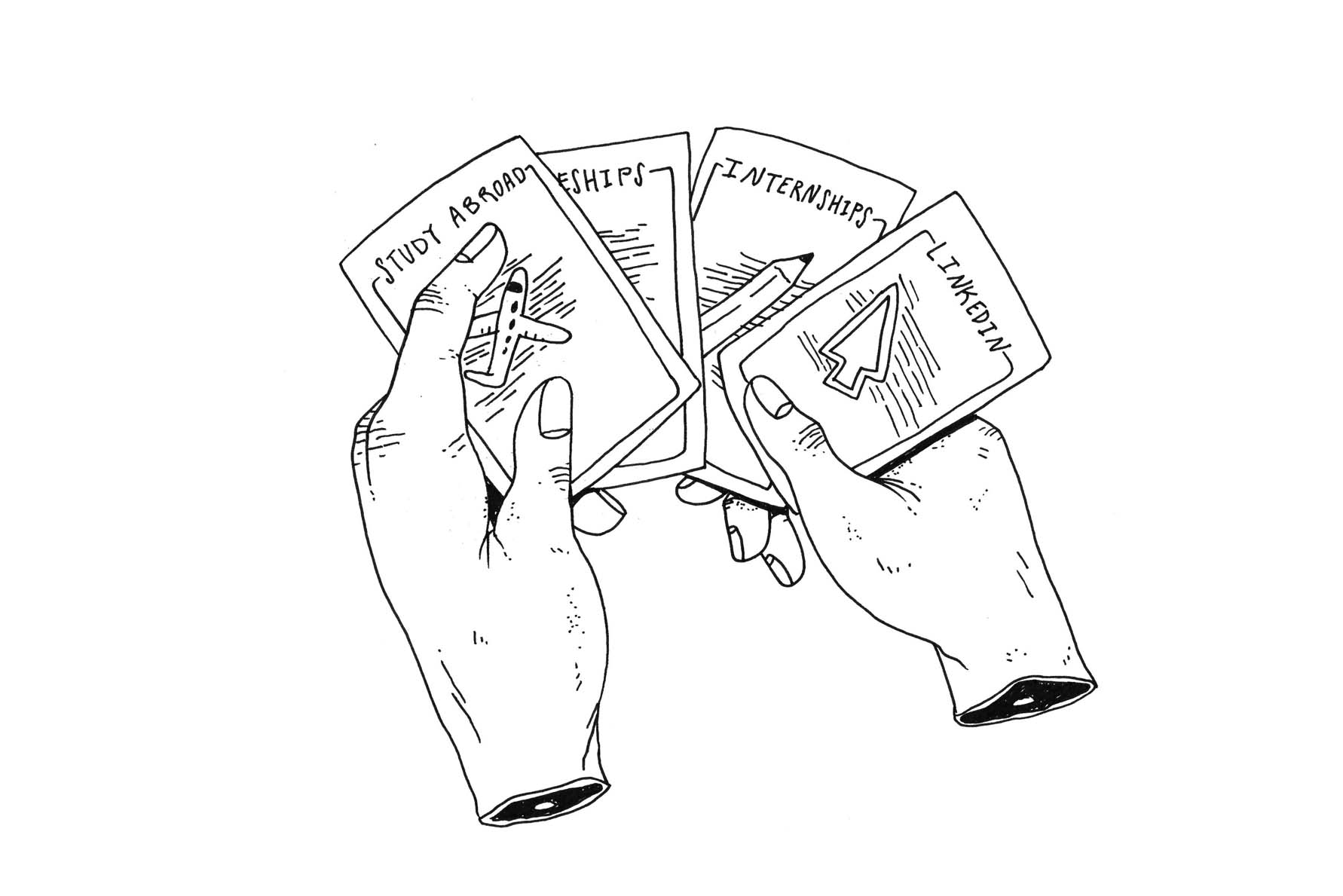Digital killed the video star
Imagine this: a late-night cram session for a test leaves you without your “Daily Show” fix, and now you have an hour to kill before your next class. What is one to do?
With recently released products, you can watch your favorite shows on an assortment of portable devices. That’s the future – being able to watch your favorite entertainment anytime, anywhere. To achieve this, you’re going to need a portable device and a source of the video. But watch out – choosing the wrong video format could lock you into a single device. Knowing the different video formats and each device’s capability is the key to ultimate portability.
The popular portable-gaming system Play Station Portable (PSP) comes with the ability to watch movies two different ways. One is on little optical disks that look like mini DVDs. The movie disks you buy for PSP are Universal Media Disc (UMD) format, and you’re locked in and can only watch UMD movies on your PSP. Additionally, the resolution for a UMD on PSP is an inferior 480×272 compared to the 720퀨�-480 resolution that DVDs have. Secretly, the true flexibility comes in H.264 video files stored on the Memory Stick DUO for PSP. But several solutions currently exist that will allow you to transfer movies to your PSP, and they are only as far away as a Google search for the three-letter acronyms of “DVD” and “PSP.”
Another popular device today is the new video iPod. Already with a large consumer base due to its music playing abilities, Apple added video playback in October of last year. As the first generation of the video iPod, the video quality is limited and broadcasters have forced additional limitations. You are now able to get new TV shows via iTunes for this little gadget, but don’t be suckered into paying twice for something your Tivo already recorded. First, the H.264/AAC encoded files you would download from iTunes are inferior to normal television format because its resolution is only 320×240, where normal TV (NTSC) is 640×480 and HDTV starts at 1280×720. Additionally, unlike music from iTunes, you cannot burn them to DVD for your home entertainment system. Just like the PSP, there are several programs to convert DVD movies to the iPod, but Apple has also included a utility in QuickTime 7 Pro to convert any existing media file on your PC to the iPod video format.
Sprint and Verizon now offer video on demand via new broadband service and state-of-the-art phones. All these new media phones have the 3GP file format that is based off the MPEG4 standard. This allows you to convert your DVDs, TV shows and home movies to and from your PC via Bluetooth, mini-SD flash cards and from the internet. Additionally, most of the new cell phones come with a video camera to catch those special moments. Those video files will be able to transfer to other cell phones via video mail, but you will also be able to copy them over to your computer to podcast or burn to DVD.
Already the pioneer of digital video recording (DVR), Tivo presents an alternative to format lock-in solutions with Tivo’s new TivoToGo service. TivoToGo allows you to transfer all your shows to your iPod, PSP and Portable Media Center via your computer. Even if you don’t have Tivo, other DVR solutions allow your PC to record video, playback on your TV via a remote and copy to your portable devices. To turn your PC into an excellent source of video, you will have to get the hardware to record from your cable or satellite TV. Purchase a drop in TV tuner card or a pre-equipped PC. The software used to schedule the recording of your favorite shows varies across the board. Most new media PCs will come with Windows XP Media Center Edition, but with a price. The Media Center Edition will attach Digital Rights Management (DRM) to restrict the files you recorded from playing freely on other devices, restricting your ability of “fair use.” Software alternatives exist, such as WinDVR, or for the Linux guru, a fully open source program called MythTV.
As far as movies go, stick with DVDs. You still can watch them in all of your DVD players and convert them into the file formats for any of your portable devices or DVR. The rule of thumb is to purchase and record your video at the highest resolution possible for your home entertainment, and then transfer them to your media devices.



